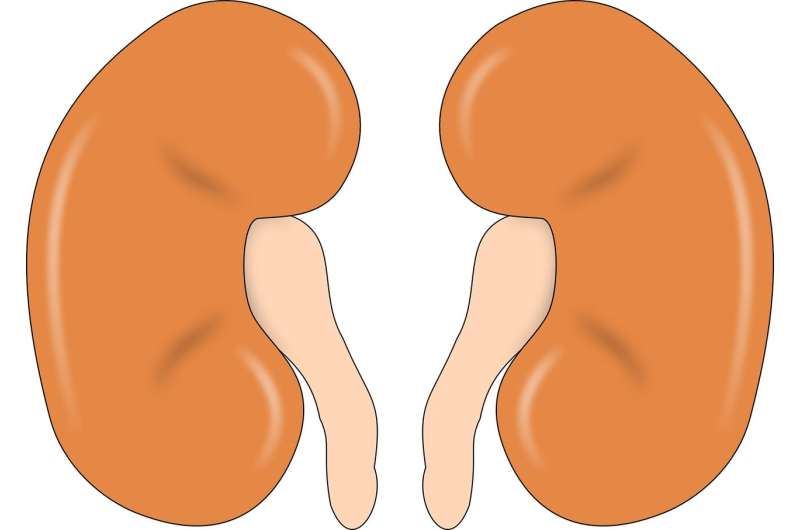Subtle structural features in donated kidneys may predict risk of transplant failure

Mayo Clinic researchers have discovered that subtle structural features in kidneys from living donors that can only be seen with a microscope may predict the risk of transplant failure in recipients. The findings are published online in the Journal of the American Society of Nephrology.
"We think that those subtle abnormalities in the living kidney donor may make the kidney more susceptible to fail in the future in the recipients," says Naim Issa, M.D., a Mayo Clinic nephrologist and the study's lead author. "These important findings may provide insights into unrecognized predictors of kidney transplant failure in recipients."
Last year was a record year for living organ donation in the U.S., with nearly 7,400 living donor transplants, according to the Organ Procurement and Transplantation Network. Still the number of willing donors is far less than the need. Nearly 95,000 people in the U.S. are waiting for a lifesaving kidney transplant. For patients in need of a kidney transplant, finding a living donor is usually their best option, Dr. Issa says. That is because kidneys from living donors generally last longer than those from deceased donors and living kidney donors have great outcomes after donation.
When evaluating the quality of a donated kidney, transplant experts generally rely on information such as the donor's age, risk factors and kidney function. These donors also undergo extensive medical testing to ensure they are healthy enough to be a donor. Nonetheless, some recipients experience transplant failure earlier than others.
As part of the study, a research team led by Andrew Rule, M.D., a Mayo Clinic nephrologist, and Dr. Issa evaluated 2,293 donor-recipient pairs. Biopsies were performed on the donors' kidneys after they were removed for transplantation in the recipient. Based on that research, a few structural features may affect the life span of a kidney posttransplant.
Those subtle structural features are:
- Minimal scarring of the kidney
- Hardening of the kidney's vessels
- Larger size of kidney's nephrons, which are the microscopic functional units of the kidney
"More research is needed into these subtle structural features, along with the role the immune response plays in damaging transplanted kidneys," Dr. Issa says. "Our hope is that our findings can play a role in the future to help prolong the life span of kidney transplants."
More information: "Kidney Structural Features from Living Donors Predict Graft Failure in the Recipient," Journal of the American Society of Nephrology (2020). DOI: 10.1681/ASN.2019090964
















